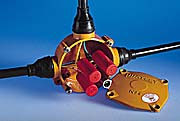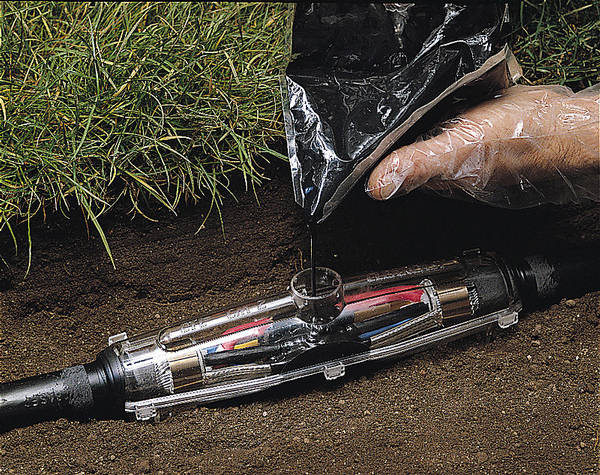Nor me.
If you are going to joint a cable underground, it is likely to be permenant. Wht use a dismountable enclosure?
Just resing joint it - FAR cheaper, and FAR more reliable.
I have never used the pratley boxes, but they bug me. Nothing is water tight under ground. (except a well done resin joint).
Smaller SWA is not that expensive these days, and looping even some distance is not likely to cause that much extra expense, especially when you consider jointing.
Looping also gives you the chance to fault find easily in the future some years down the line.
Preferably you would use lights which accept the looping of SWA, these are unfortunately usually very expensive. The next best thing is a light which has the space to include a GALV trouser box in it's column/enclosure. If you cannot achieve this, a joint at each light is required. An IP rated plastic gewiss type box is good if you can hide it in shrubbery, or dont mind seeing it, otherwise a UG joint, preffereably resin, is needed at each light.



